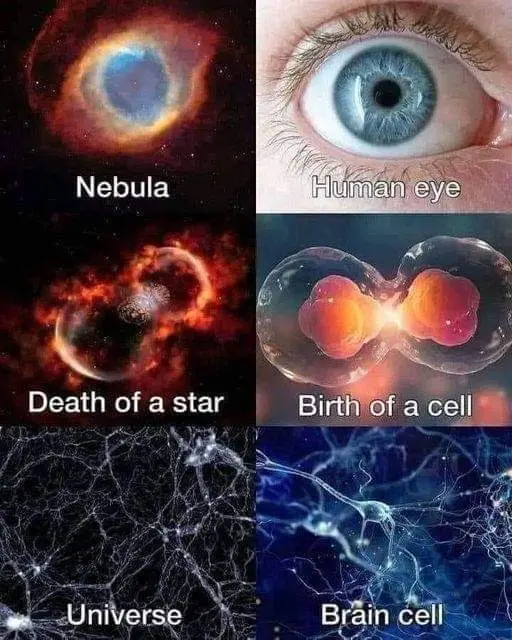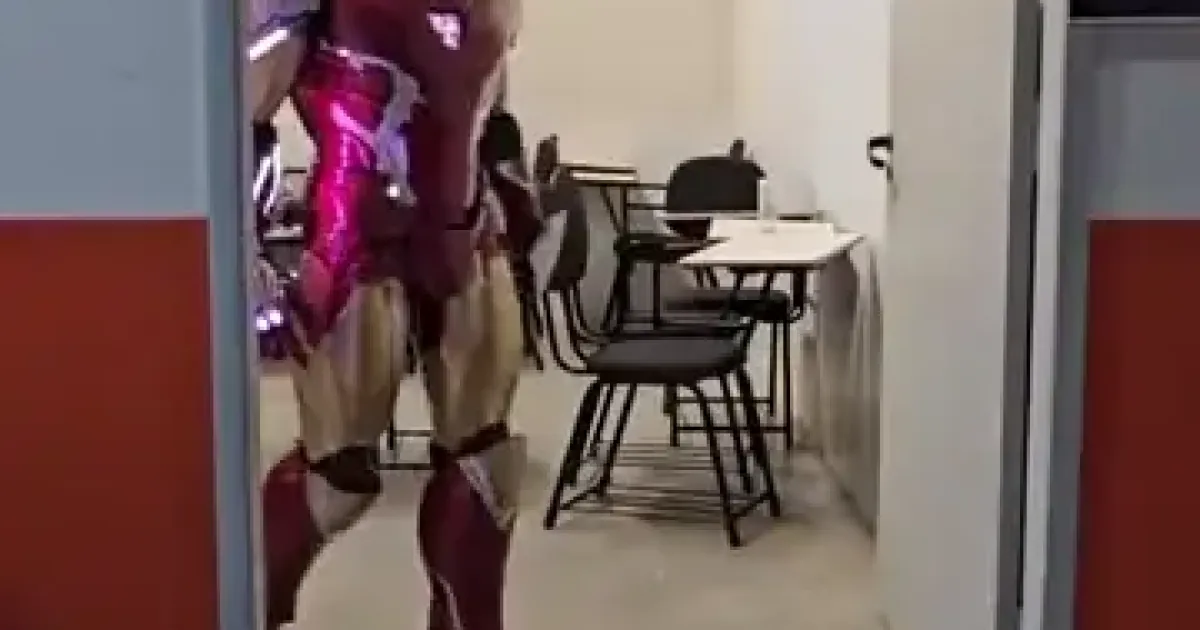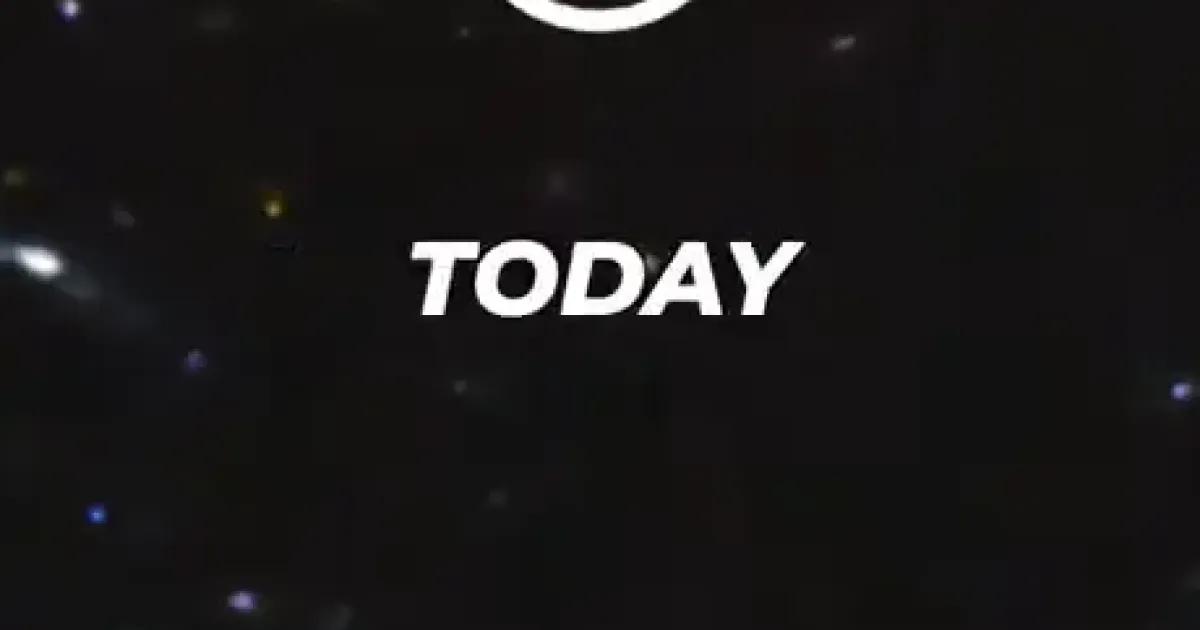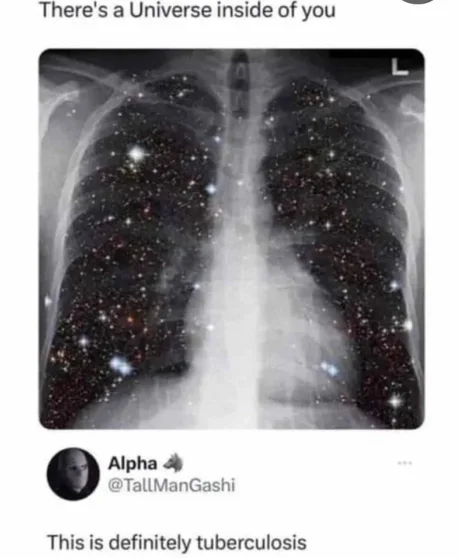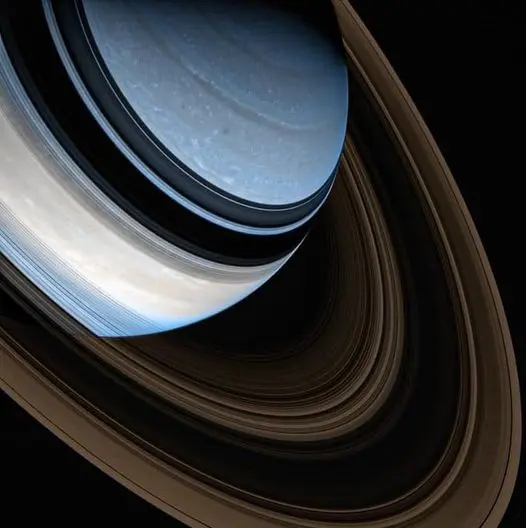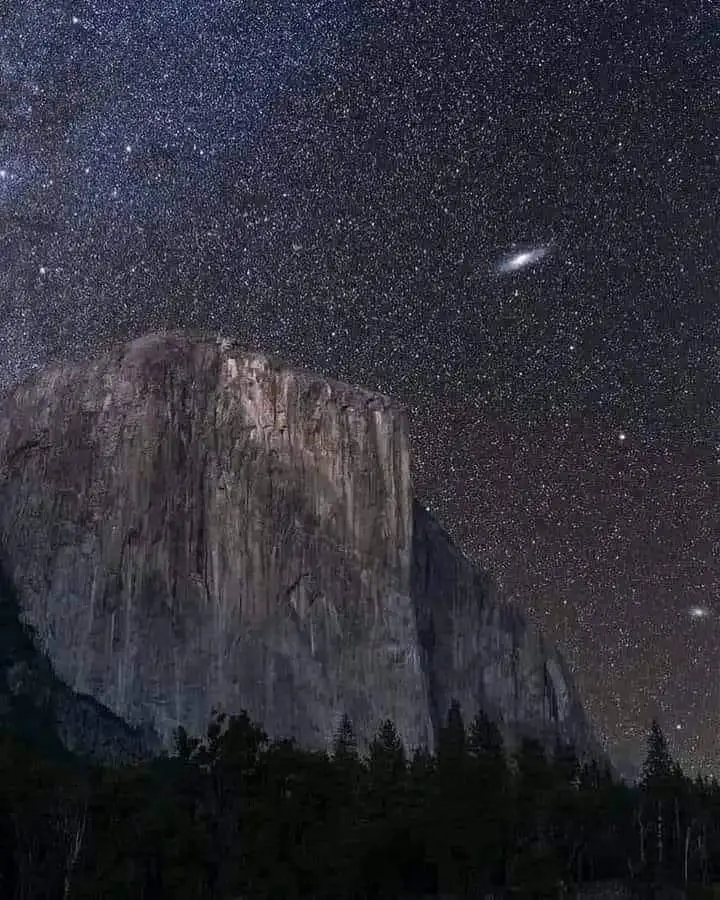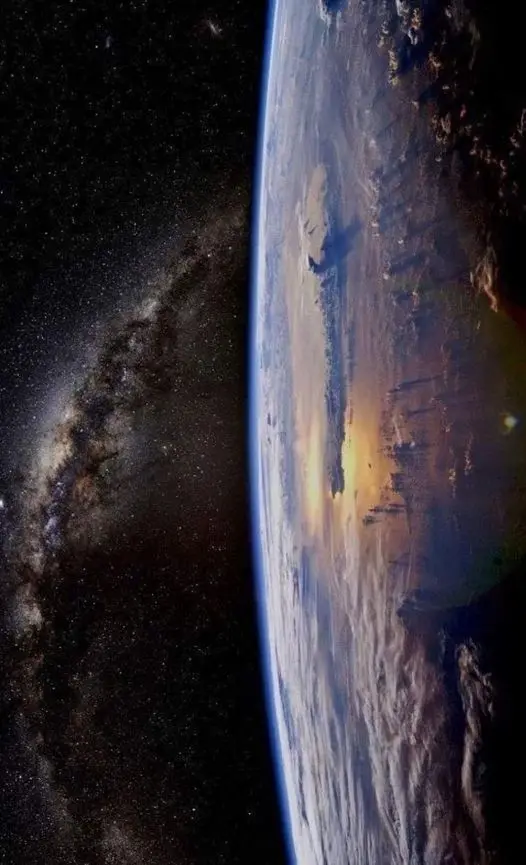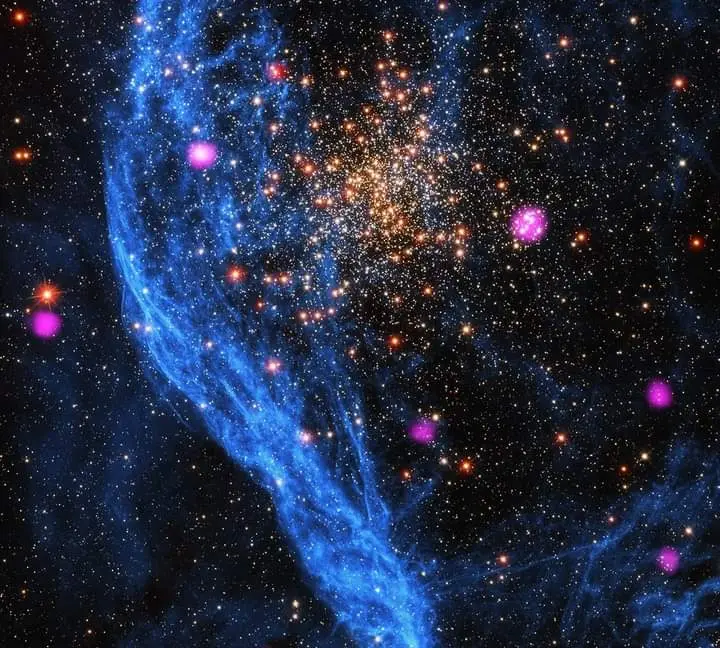
NGC 1850 is a bright, double star cluster located about 160,000 light-years from Earth.
NGC 1850 is a bright, double star cluster located about 160,000 light-years from Earth. Delicate threads of gas (blue), created by previous supernova explosions, are interwoven amongst the stars. This image spans approximately 84 light-years from side to side.
#universe #space
Read More...

Saturn behind the Moon 😲
Saturn behind the Moon 😲
#universe #space #saturn #moon
📸 Paul Stewart
Read More...

Stunning Deep Sky Astrophotography ✨✨✨ The Amazing
Stunning Deep Sky Astrophotography ✨✨✨
#universe #space
Read More...
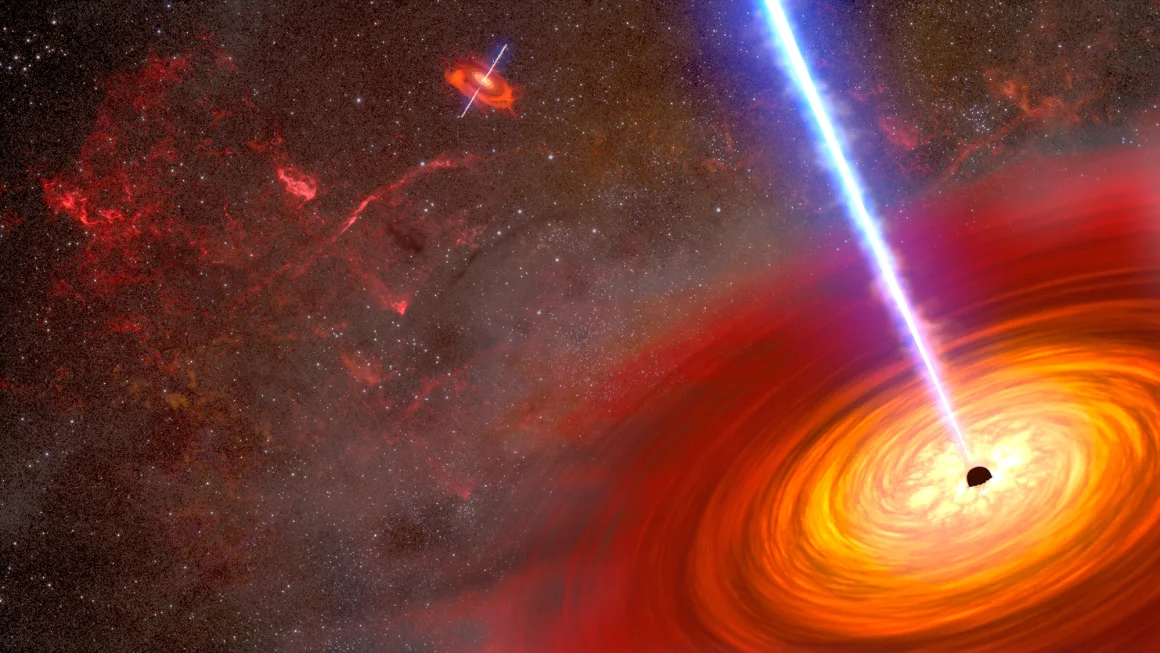
Bright lights detected by NASA telescopes lead to a dancing pair of supermassive black holes
Two telescopes have spotted the closest pair of supermassive black holes to date. The duo, only about 300 light-years apart, were observed in different wavelengths of light using NASA’s Chandra X-ray Observatory and the Hubble Space Telescope.
While black holes are invisible against the dark void of space, these two blaze brightly as the gas and dust they feed on is accelerated and heated to high temperatures. Both celestial objects, which circle around one another, are known as active galactic nuclei.
Active galactic nuclei are supermassive black holes that release bright jets of material and high winds that can shape the very galaxies where they are found.
The black hole duo is the closest pair found through visible and X-ray light. While other black hole pairs have been observed before, they are usually much farther apart. Astronomers discovered these black holes dancing around one another at the center of a pair of colliding galaxies called MCG-03-34-64, which is 800 million light-years away.
Astronomers serendipitously found the black holes when Hubble’s observations revealed three spikes of bright light within the glowing gas of a galaxy. They published their discovery Monday in The Astrophysical Journal.
“We were not expecting to see something like this,” said lead study author Anna Trindade Falcão, a postdoctoral researcher at the Center for Astrophysics | Harvard & Smithsonian in Cambridge, Massachusetts, in a statement. “This view is not a common occurrence in the nearby universe, and told us there’s something else going on inside the galaxy.”
Zooming in on bright cosmic lights
The team was intrigued when Hubble picked up on three optical diffraction spikes in a concentrated region of the MCG-03-34-64 galaxy. Diffraction spikes appear when light from a small cosmic region bends around the mirror inside telescopes.
Hubble’s observations were made in optical light, which is visible to the human eye, but the astronomers weren’t sure what they were seeing. Falcão’s team took another look at the galactic region with Chandra in X-ray light.
When the scientists observed the galaxy using Chandra, they were able to pinpoint two powerful sources of X-ray light that matched the optical light sources spotted by Hubble, Falcão said. “We put these pieces together and concluded that we were likely looking at two closely spaced supermassive black holes.”
The team also consulted archival observation radio wave data collected by the Karl G. Jansky Very Large Array of radio telescopes near Socorro, New Mexico. The black hole duo was also found to release energetic radio waves.
“When you see bright light in optical, X-rays, and radio wavelengths, a lot of things can be ruled out, leaving the conclusion these can only be explained as close black holes. When you put all the pieces together it gives you the picture of the (active galactic nuclei) duo,” Falcão said.
Meanwhile, the third diffraction spike observed by Hubble has an unknown origin, and the team requires more data to understand what it could be. The source of light might be from gas that was shocked by an energetic release of material from one of the black holes.
“We wouldn’t be able to see all of these intricacies without Hubble’s amazing resolution,” Falcão said.
Astronomers have observed pairs of black holes that are closer together than these two through radio telescopes, but those duos haven’t been observed in other wavelengths of light.
Both supermassive black holes once served as the centers of their respective galaxies, but a galactic merger brought the two objects much closer together. Eventually, their close spiral will result in a merger in about 100 million years, according to NASA, causing an energetic release of gravitational waves, or ripples in the fabric of space and time.
Such gravitational waves created by the collisions of supermassive black holes could be detected in the future by LISA, the European Space Agency-led Laser Interferometer Space Antenna mission that’s expected to launch in the mid-2030s.
#universe #news
Read More...
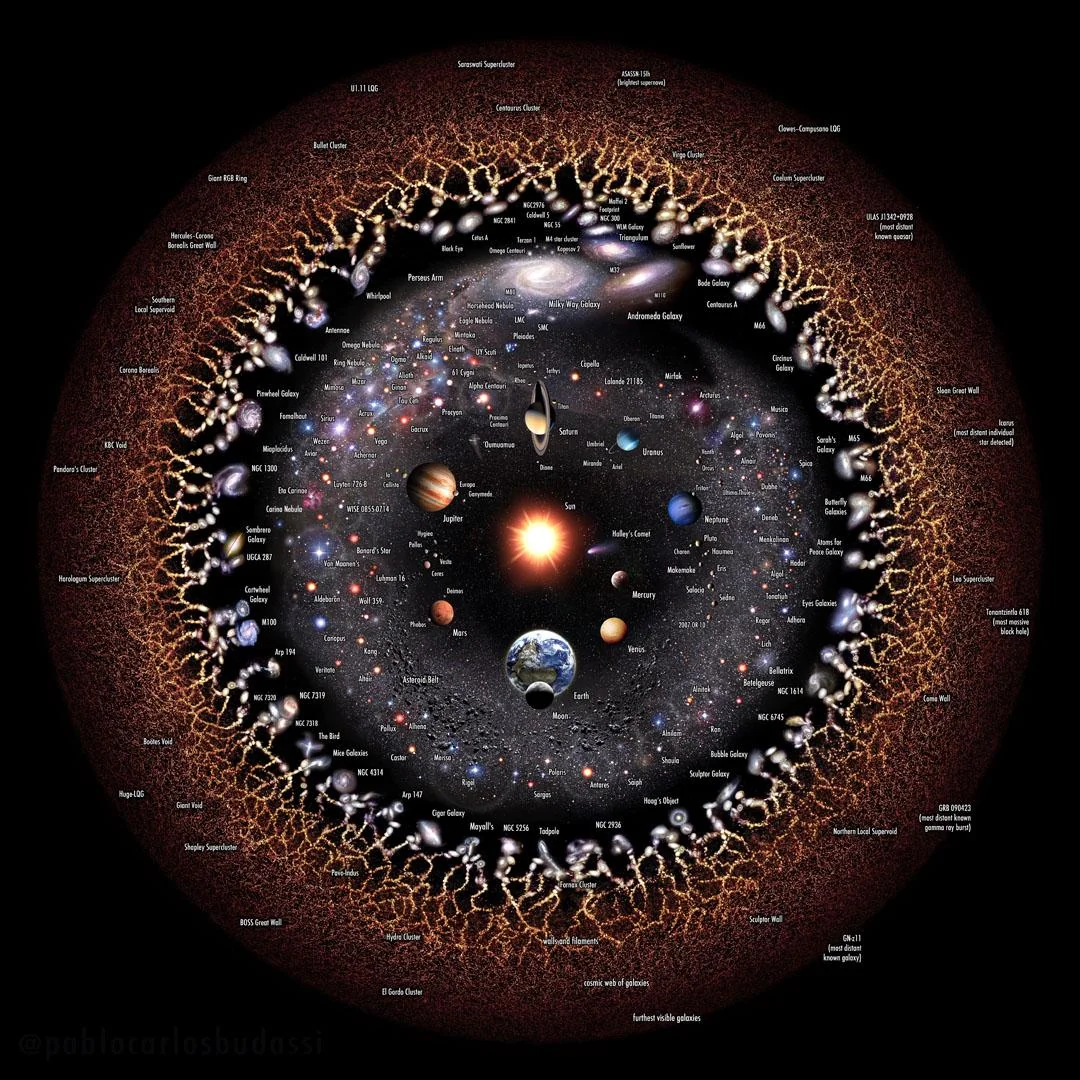
Observable Universe Logarithmic Illustration (OULI)
This data-driven visualization of the Observable Universe, created by Pablo Carlos Budassi in 2012 and updated through 2025, offers a unique circular diagram that intricately illustrates astronomical objects across various distances and sizes using a logarithmic scale.
Key Features:
Central Solar System: The solar system is positioned at the center, with the diagram expanding outward.
Progressive Scale: The scale decreases towards the edges, revealing detailed views of the most distant and massive structures in the observable universe.
Notable Impact:
Viral Sensation: In 2016, this artwork gained immense popularity among astronomy enthusiasts.
Exhibitions & Publications: It has been featured in several prestigious venues and publications, including:
NASA's Astronomy Picture of the Day (APOD) in 2018 and 2022
Dumont World Atlas
Sciences et Avenir magazine
The “Encircling the World” exhibition at the Massachusetts College of Art and Design
Cultural Significance: In 2020, this image was featured on a coin of the Republic of Palau.
Current Exhibitions:
We The Curious Museum: A dome featuring this image is displayed in the astronomy area.
Other Museums: Versions of this artwork have been showcased at the wndr Museum and Adler Planetarium in Chicago.
Future Legacy:
Selected for inclusion in the lunar time capsule “Sanctuary, Eternity for Mankind,” this work was also part of an Active SETI message sent to Proxima Centauri b by the UK radio show Fun Kids and the SpaceSpeak site.
This artistic representation continues to inspire awe, with many referring to it as the "eye of the universe looking back at us."
Read More...
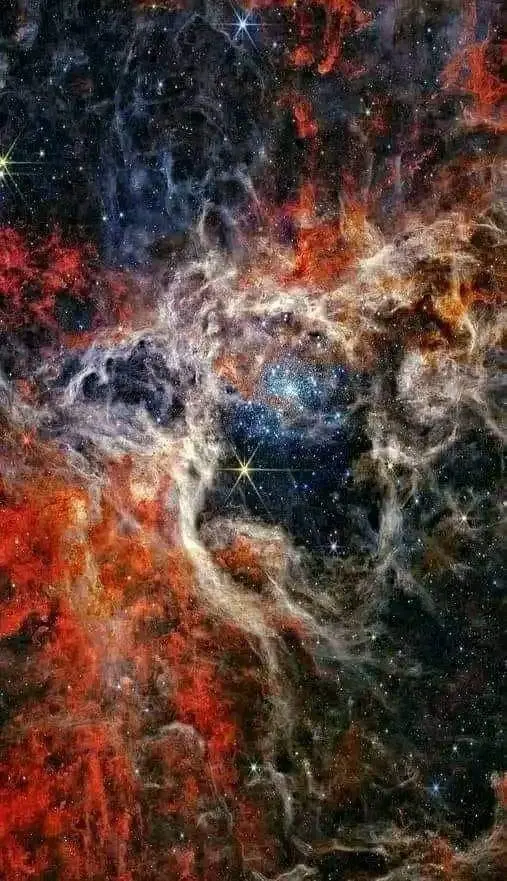
James Webb telescope
Taken from the the James Webb telescope. Always taking amazing pictures of the universe. #universe Read More...

This black hole flare was 10 trillion times brighter than our Sun and 10 billion light years away and we’re just now seeing it.
In 2018 a distant supermassive black hole designated J2245+3743 suddenly flared up , not just a bit, but by a factor of ~40, becoming 30× more luminous than any previously recorded black-hole flare. Scientists believe it shredded a star at least 30× the Sun’s mass, and the light we see now left that region ~10 billion years ago.
If you converted our Sun’s entire mass into energy (E = mc²), you’d be in the ballpark of what this flare output while we observed it.
Unimaginable scale. Real event. And we’re looking back in time. 🌌 #Space #Universe
Read More...

Typer.me App Now Available on the Play Store!
Typer.me is now on the Play Store! Download the app today and start connecting with others in a whole new way. Whether you’re sharing ideas, organizing content, or exploring trending topics, Typer.me gives you the tools to stay engaged. Install now and join our growing community! Read More...
